Shamanism is a collective term for many types of spirituality. Read here where the word ‘shaman’ comes from and which traditions are the most common.
First things first: What is Shamanism exactly? Shamanism comes from the 17th century Siberian word ‘shaman,’ meaning ‘one who knows.’ It now describes spiritual people and rituals from all over the world. In this Blog you will discover what shamans do and learn about some of the most popular types.
What Does ‘Shaman’ Mean?
The word ‘shaman’ comes from the language of the Tungus, a Siberian people. It refers to mediums or healers who they believed could communicate directly with spirits. When Russian intellectuals were exiled to Siberia in the 19th century, they began to study these shamanic rituals and spiritual practices. Anthropologists around the world have used the term “shaman” to describe the magical rituals of diverse cultures ever since. Some call all forms of nature-oriented or ancient spirituality shamanism, but there is much discussion about how specific the word is.
What Is a Shaman?
Shamanism or shaman are not words with one meaning and it changes slightly from culture to culture. In general, shamans are spiritual people who work with unseen forces such as elements, spirits, or gods. They hope to bring insight and healing to themselves or their community. Most shamans see nature or natural order as the best path to a meaningful life and try to follow it, while guiding others in their journey as well.
What Does a Shaman Do?
Every shaman is different and so are their practices. Some provide professional spiritual guidance and some practice privately. It’s very diverse! Some examples of shamanic rituals are:
- Shamanic meditation or trance
- Healing
- Channeling
Still others become teachers or immerse themselves in the history of the culture with which they work . Many shamanic traditions believe that every living thing has its own place in the world and potential, and so should its practitioners. The best way to get to know the practice of any specific Shaman is to ask them yourself!
How Do You Become a Shaman: Shamanism, Symbols, and Spirit
Shamanism can be learned in many ways. As with witchcraft, there are both people who follow lessons and those who are self-taught or solitary. It also differs between traditions what learning paths looks like. For example, some traditions consider it very important that you study with a personal teacher. You then formally learn the specific symbols, knowledge and rituals from you teacher. In that kind of shamanism, human interaction is the most important way to learn. Yet there are also people who learn from sources such as books or communication with energy, guides, or spirits.
Common Types of Shamanism
There are rituals and practices all over the world to honor and get to know the energy of nature or the cosmos. Here are three types that you will frequently find in new age shops and workshops:
- Celtic Shamanism
- North American Shamanism
- Modern Shamanism or Neo-Shamanism
Celtic Shamanism
Celtic shamanism is the ancient way of life or ritual practice of the Celtic peoples in Northwestern Europe. In these societies, Druids played the role of seers, counselors and doctors. They based this practice on nature and the spiritual powers of the universe. People who are still inspired by this natural philosophy usually work with
- Power animals
- Plant magic
- Dream art
- Tree worship
- The Celtic Year Wheel or Wheel of Life Shamanism
The European Wheel of Life in particular is still widely used. You can find it for example in the annual festivals of witches and Wiccans or in items decorated with symbols from Celtic Art.
North American Shamanism
North American shamanism is a term for the many traditions of indigenous peoples of the continent. Many people think of Totem Animals, Dreamcatchers, or Cleansing your House with Sage. However, there are many tribes, all with unique spiritual practices and traditions. It is important to remember the impact of colonialism and capitalism when talking about Native American cultures. There is often a distance between the information that is available about these spiritual practices and the people to whom they belong. A ‘Native Inspired’ practice is not the same as learning actual native traditions! Today, therefore, more and more indigenous communities choose to share their knowledge on their own terms. This way local customs are protected and not appropriated.
Check Out Our Assortment of Smudge Here
Modern Shamanism or Neo Shamanism
Modern shamanism or neo-shamanism has common ground with the New Age movement. They share the idea that you can practice different spiritual traditions for your personal development. For example, shamanism could be something you work with for self-understanding and not necessarily a social calling or destiny. Many believe that anyone could work with traditional tools for self enrichment. Also, modern shamans usually find it important to renew old customs so that they fit in with modern times. Some even combine rituals from various cultures, without necessarily being part of any specific one of them.
What do you find interesting about Shamanism?



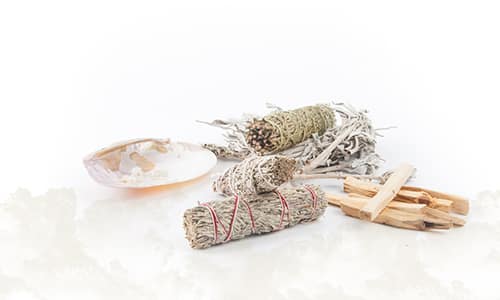





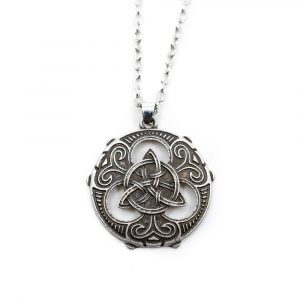

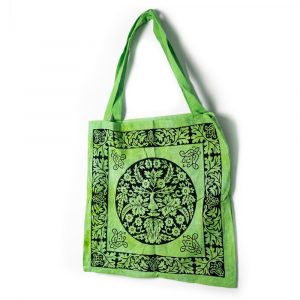




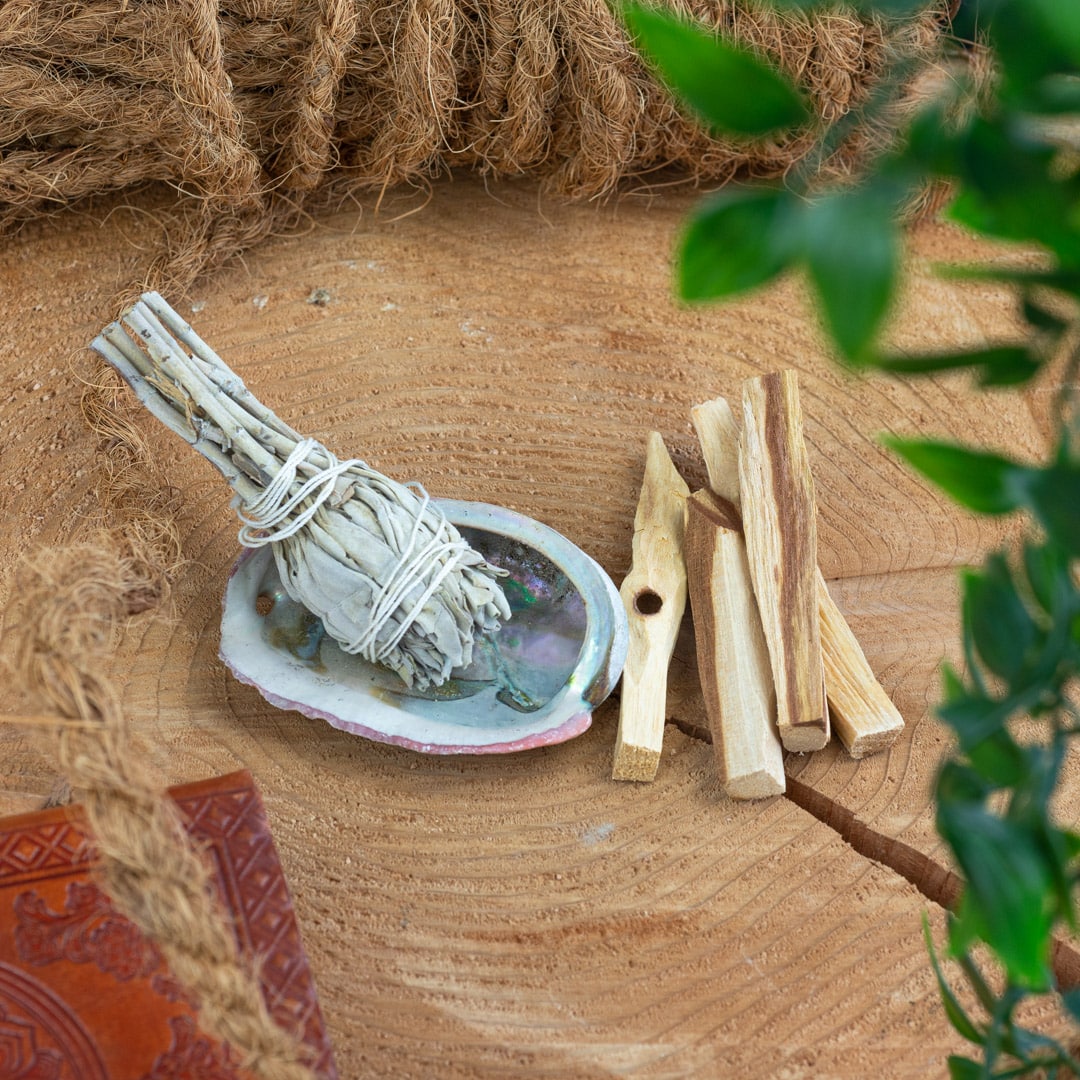
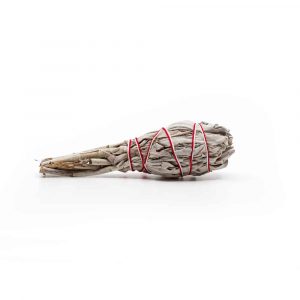









 Nederland
Nederland
 België
België
 Deutschland
Deutschland
 Europe
Europe
 España
España
 Sverige
Sverige
 Français
Français